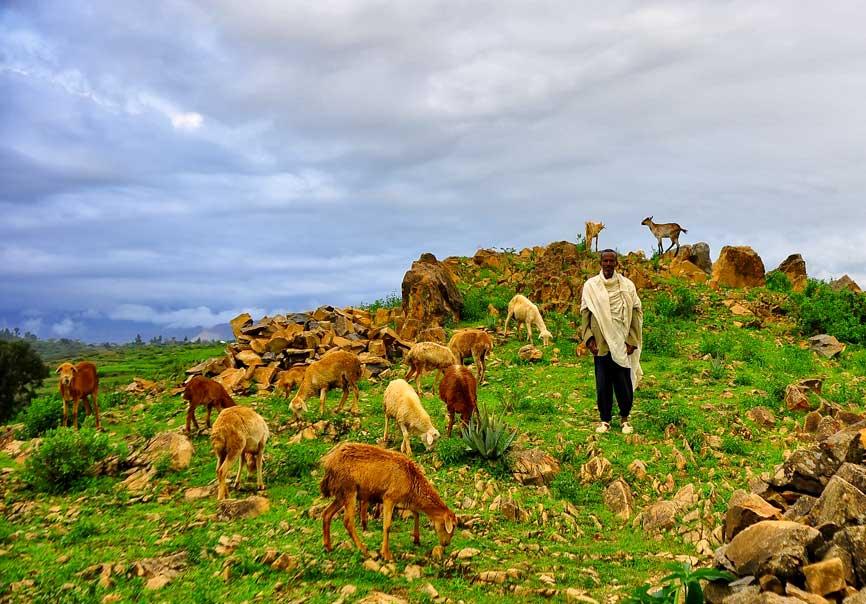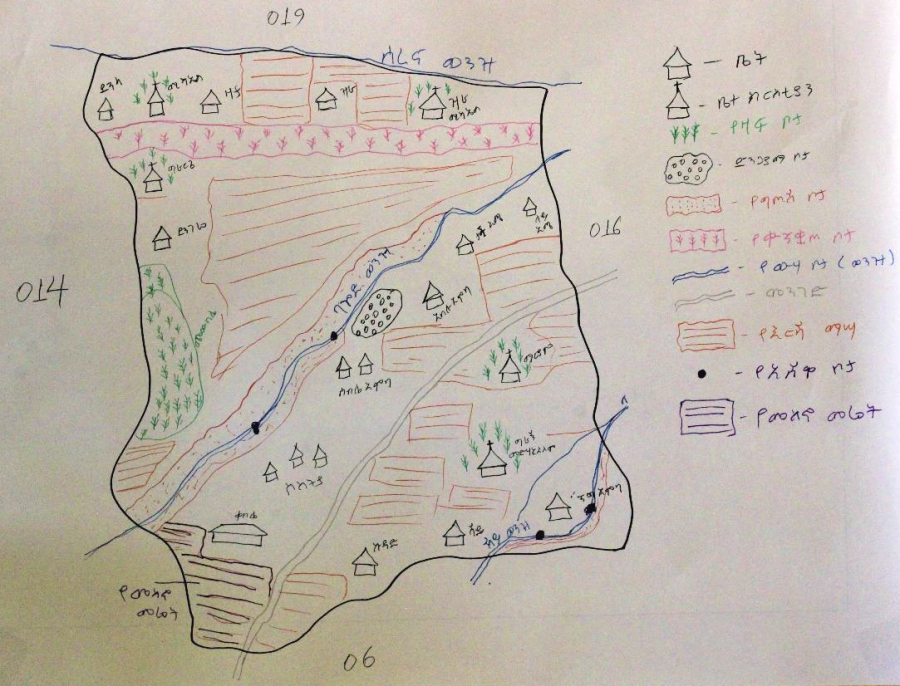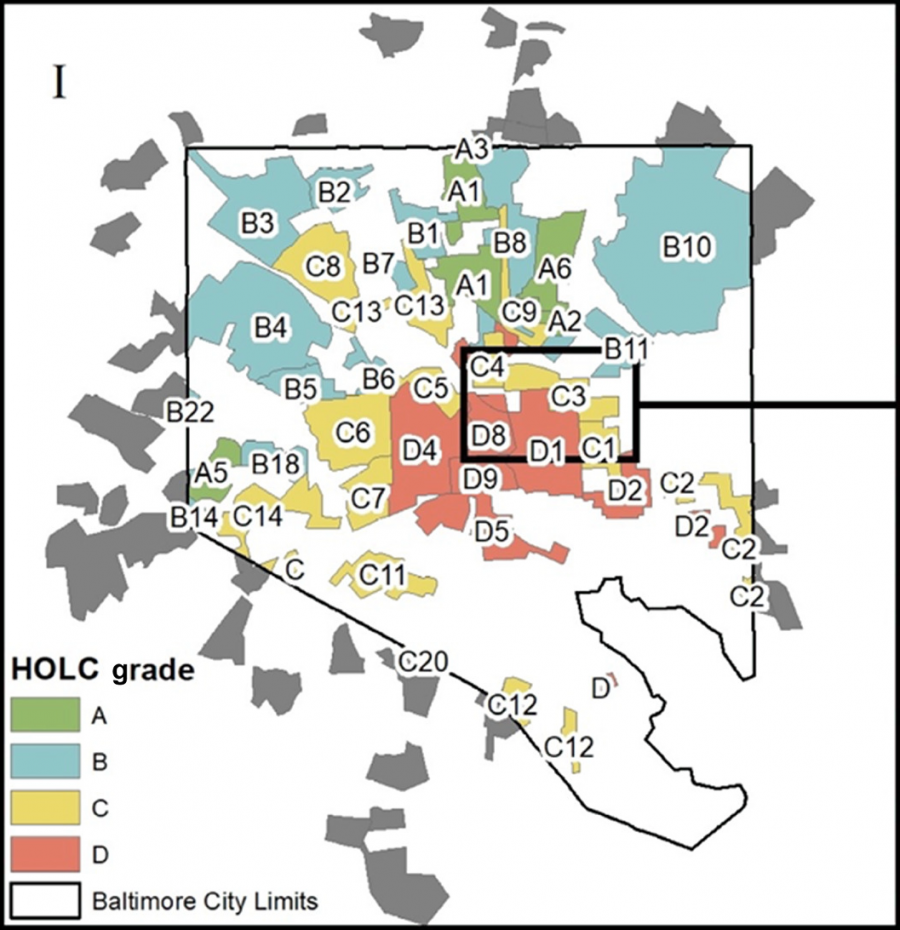A downloadable version of this explainer is available here:
How can socio-environmental research benefit from studying norms and variations across cultures?
The Fundamentals
Ethnography, the scientific study of norms and customs within specific cultures, can help socio-environmental (S-E) researchers better understand how culture affects environmental perceptions, values, and impacts. Ethnographic methods often include:
- Structured interviews with individuals in a culture of interest
- Long-term fieldwork within a community
- The examination through a historical lens of how certain cultural values and notable events result in the exploitation or protection of natural resources, human cultures, and non-human lifeforms.

Ethnographers seek to understand cultural complexities in many global settings, from rural to urban to virtual. They commit to employing self-reflective awareness to understand the ways that bias and individual experience may limit S-E scientists’ ability to fully and objectively know other worlds and experiences (Ogden et al. 2019). Many ethnographers come from dominant, Western, industrial cultures, yet turn their research toward non-Western, Global South, and Indigenous cultures. Thus, they must design their self-reflective awareness of difference as knowledge co-production, which centers on cultural relativism—the view that there is no universal standard by which to judge/compare other cultures—rather than the colonial-style imposition of Western norms.
Indeed, the practice of ethnography in S-E research often involves discerning valuable, adaptive, sustainable, and egalitarian practices that have evolved in cultures that greatly depend on their local environment. Ethnography empowers marginalized voices and increases S-E research’s benefits for target communities and cultures by complementing S-E science’s quantitative, modeling, and GIS-mapping methods with on-site interviews, dialogues, and workshops. Ethnography can also enhance the comparative cultural knowledge of individuals from dominant cultures. This growth in understanding supports the mandate to decolonize science and welcome complementary epistemologies and ways of perceiving the world.
Examples of Ethnography-Driven Research Questions:
- How can ethnography complement quantitative methods of analysis, such as remote sensing, GIS mapping, and computer modeling, to synthesize solutions to environmental problems? (Steger et al. 2020)
- How have particular cultures caused and/or adapted to historic environmental change? (Waring et al. 2018)
- How do Indigenous societies, including hunter-gatherers and pastoralists, maintain social norms of sharing, non-hierarchy, and taboos that support long-term environmental sustainability? (Kimmerer 2013)
- How can ethnography shed light on how group adaptation and selection have worked in the evolution of human cultures? (Richerson et al. 2016)
- What historical, qualitative, and contextual wisdom from Indigenous cultures can researchers recover in the process of decolonization? (van Uitregt et al. 2022)
- How can Indigenous and Western knowledge co-produce contemporary environmental solutions and better represent all stakeholder views? (Schott et al. 2020)
- How do disadvantaged groups within Western cultures, such as urban Black communities in the United States, display cultural adaptations that help them preserve identity alongside local ecology? (Ogden et al. 2019)
Ethnography and Cultural Group Selection (CGS) in Evolution
One exciting application of ethnography comes from evolutionary science: the idea that natural selection can work at the CGS level, via “culturally transmitted cost and benefit schedules” (Richerson et al. 4). The coevolution between cultures and their aggregate gene pools sheds light on the importance of group-level selection in human evolution through the Holocene, the Earth’s current geological epoch. This higher-order inquiry is a critical addition to traditional evolutionary theory, which has often been conceptually reduced to natural selection of the individual organism, or even the gene. Ethnography has helped evolutionary science articulate the roles of ritual, dance, music, and visual art in cultural evolution, as mechanisms for reinforcing group identity, bonding, and resolving conflict. By looking at the higher human social capacity to cooperate, delegate, plan, and perform altruism, evolutionary theory gains a powerful view of how natural selection may work to preserve adaptive cultural norms. This insight is significant for S-E researchers seeking examples of cultural norms that dictate sustainable environmental practices, including ethnographic research that integrates Indigenous knowledge.
What Are Some Examples of Ethnography Applied to Research on S-E Systems?
Ethnography as a Complement to Quantitative Methods
S-E researchers have achieved exciting results by cross-checking quantitative remote sensing data with qualitative ethnographic data. Steger et al. (2020) researched the condition of native forests in the Ethiopian highlands. They used a combination of remote sensing data (Landsat 8) to analyze forest composition and semi-structured ethnographic interviews and workshops designed to capture the perspective of local people who rely on the forests for subsistence. Steger et al.’s research innovation relied on the historic and current knowledge of interviewees, who helped researchers classify 9 forest types and designate 184 “ground truth points,” which guided the collection of more than 3,000 additional data points using Google Earth. Through this two-pronged approach, the researchers uncovered areas in which remote sensing and local knowledge agreed on certain environmental trends. These trends included: 1) the historic loss of highland forest cover caused by the decline of the Belg rainy season and 2) unsustainable, natural resource extraction exacerbated by the increasingly insecure land tenure of local peoples. The interviewees’ place-based and fine-grained perspectives allowed researchers to extend their interpretation of remote sensing data back in time before reliable satellite imagery was available. Researchers were also able to extend it across scales, where the ethnographic interviews of a small number of people successfully validated remote sensing classifications across a large study area.

In addition, Steger et al.’s transdisciplinary approach demonstrates the ways in which one method can work to correct bias in another method. Human bias includes our tendency to view the past with positive nostalgia and with the outsized impact of particular emotional experiences. It also involves the bias toward remembering extreme events over norms, which themselves can be skewed by a subjective, “shifting baseline.”
Bias in remote sensing includes idiosyncratic solar, atmospheric, and topographic effects that, if inadequately pre-processed, can result in skewed datasets. It also includes the more general disconnect that researchers have observed between remote sensing indicators and actual, on-the-ground conditions.
Their research indicates how one epistemological approach can effectively provide oversight and correction of the inherent biases of another. The simple act of scientists seeking local and Indigenous knowledge shows how S-E science is making progress toward using more inclusive research protocols and toward acknowledging biases in “objective” Western research methods, such as remote sensing.
Indigenous Knowledge in Co-Creation with Western Science
Though long ignored and subordinated to Western knowledge, S-E scientists now have many examples of successful integrations between Indigenous Knowledge (IK) and S-E research. The following have accelerated this progress:
- The collectivization of Indigenous voices across tribes and regions (for example, collective Antarctic and Arctic Indigenous worldviews and values)
- The elevation of Indigenous organizations to governance and oversight roles that influence law and policy
- The alignment between regional conservation values shared across identities with time-honored Indigenous cultural norms that preserve pathways toward more sustainable modes of dwelling and valuing place (van Uitregt et al. 2022).
For example, research by Schott et al. (2020) assesses the progress of S-E science moving away from Western science’s parasitic relationship with IK, which involved knowledge extraction and exploitation. It also assesses S-E science’s progress toward empowering Indigenous peoples as co-creative partners in research and policymaking. The following principles guide their framework:
- Valuing the mutual existence and non-dominance of either knowledge system
- Finding common objectives between knowledge traditions
- Building shared governance structures
- Building capacity and resilience for local communities
- Employing collective interpretation of data
- Valuing beneficial outcomes for IK holders (212).
In their paper, they detail a partnership between Inuit tribal members and Western scientists to conduct research into genomic trends and food security in fisheries in Nunavut, Canada. Their methods included focus groups that assessed the perspectives and attitudes of tribal elders versus youths on food security and participation in hunting traditions. They employed a local Inuit facilitator and youth researchers who were trained to collect and analyze data and then shared the results via extensive community outreach. A workshop conducted in situ at a local fishing weir introduced Western researchers to IK and traditional fisheries practices, while Indigenous elders and youth received training in GPS, mapping tools, and satellite technologies (223). Schott et al. underscored the importance of iterative learning, in which researchers can use project failures and miscues to redesign their approach in future rounds of research. They also emphasized the importance of reconnecting Indigenous youth with their cultural wealth while imparting technical skills that support data-driven policy guidance and that increase Indigenous capacity and self-determination.
Environmental Justice Communities and Urban Forest Knowledge
S-E researchers are increasingly attentive to how social and historical conditions play a role in ecosystem health and sustainability, in complement to natural science research. Spotlights on environmental justice, gentrification, and histories of disinvestment and redlining, indicate the need to integrate ethnography into urban S-E system research.

For example, in Ogden et al. (2018), they used a rich array of aerial photography, tax and deed records of parcels, and ecological research on the biophysical properties of Baltimore’s urban forests. They then blended this data with “forest ethnography,” which offers insights into the varied contemporary values, uses, and perceptions of urban forests by local people. Forests are artifacts of both social and ecological processes, with social factors highly attuned to perceptions of valid use (play, solitude, communion) and attitudes about nature, which include cultural and gendered differences and can link to concerns about safety. They are also tied to larger ideas about how the sense of place and positioned subjectivity help to establish reflective selfhood (“who I am”) that is a blend of social and natural contexts.
Their ethnographic research questions include perspectives that can be useful across a wide variety of cultures and ecosystems:
- How do attitudes vary within and across neighborhoods?
- What important events have shaped nature and culture in this neighborhood?
- How do governance regimes, from top-down to grassroots, affect the persistence of urban forests?
- How do real estate markets and property ownership histories reveal patterns of persistence or degradation in these S-E systems?
Ogden et al.’s blended approach results in surprising insights that challenge assumptions about land management for conservation. Scenarios that involve more privilege, such as long-term ownership, limited development, and local pro-conservation attitudes can be one way in which urban forests are able to persist. However, their research also found that some of Baltimore’s urban forests persist because they lie outside of viable real estate development markets (in disadvantaged, formerly redlined neighborhoods). This finding implies that even marginalized residents without ownership or formal governance rights can be deeply committed to forest conservation and robust community partnerships that support the forests. In sum, many urban forests thrive by City Hall’s neglect and persist in supportive communities without the city’s investment.
These spotlights on ethnographic research show how S-E scientists may adopt methods from anthropology to gain greater insight into environmental cultural histories, the outcomes of governance regimes, and the role of privilege and marginalization on environmental conservation. It also shows how ethnography can cross-check and contextualize quantitative methods that researchers may have assumed to be factual and objective. Another contemporary role of ethnography in S-E science is to give voice to local and Indigenous communities as co-creators of knowledge. As embedded experts, they can provide critical perspectives on future policy, capacity building, and pathways to climate resilience.
References
- Burghardt, K.T., Avolio, M.L., Locke, D.H. et al. (2023). Current Street Tree Communities Reflect Race-Based Housing Policy and Modern Attempts to Remedy Environmental Injustice. Ecology, 104(2), e3881. https://doi.org/10.1002/ecy.3881
- Kimmerer, R.W. (2015). Braiding Sweetgrass. Milkweed Editions.
- Ogden, L.A., Aoki, C., Grove, J.M. et al. (2019). Forest ethnography: An approach to study the environmental history and political ecology of urban forests. Urban Ecosystems 22, 49–63. https://doi.org/10.1007/s11252-018-0744-z
- Richerson, P., Baldini, R., Bell, A. et al. (2016). Cultural group selection plays an essential role in explaining human cooperation: A sketch of the evidence. Behavioral and Brain Sciences, 39, E30. https://doi.org/10.1017/S0140525X1400106X
- Schott, S., Qitsualik, J., Van Coeverden de Groot, P. (2020). Operationalizing knowledge coevolution: towards a sustainable fishery for Nunavummiut. Arctic Science, 6(3), 208-228. https://doi.org/10.1139/as-2019-0011
- Steger, C., Nigussie, G., & Alonzo, M. et al. (2020). Knowledge coproduction improves understanding of environmental change in the Ethiopian highlands. Ecology and Society, 25, 2. https://doi.org/10.5751/ES-11325-250202
- van Uitregt, V., Sullivan, I., Watene, K. et al. (2022). Negotiating greater Māori participation in Antarctic and Southern Ocean research, policy, and governance. The Polar Journal, 12(1), 42-61. https://doi.org/10.1080/2154896X.2022.2058222
- Waring, T., & Acheson, J. (2018). Evidence of cultural group selection in territorial lobstering in Maine. Sustainability Science, 13, 21–34. https://doi.org/10.1007/s11625-017-0501-x